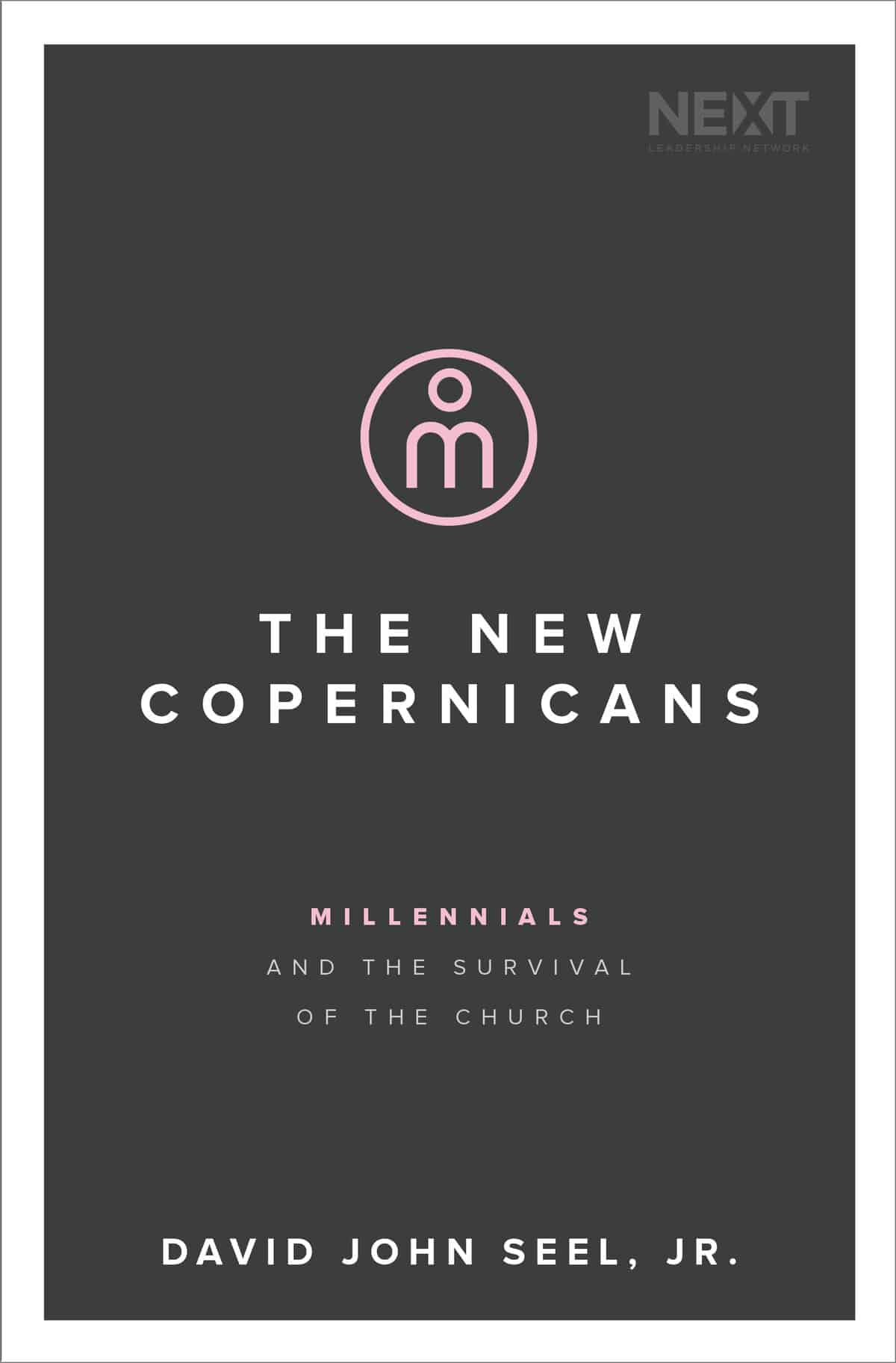
They received a warning, in fact nine warnings, but they were largely ignored. After the RMS Titanic received the iceberg alert, Captain Edward J. Smith made an incremental change in response, turning to a slightly southern course. Inexplicably, the ship maintained flank speed while posting a watch on the bow.
The Marconi radio operators in charge of passenger communications on the Titanic received even more updated and threatening warnings about icebergs, but as they were employed to facilitate passenger communication, they did not relay this information to the ship’s bridge. Consequently, those with the greatest knowledge of the situation remained silent. When an iceberg loomed directly ahead, there were few options still available. By then it was too late.
The disaster that followed cost over 1,500 lives, including that of Captain Smith. It was the clumsy response to the impending collision that caused the sinking. A full-frontal direct hit of the iceberg may not have sunk the ship, though it would have done significant damage. Rather it was the last-minute panic and effort to avoid a collision that tore a hole through five compartments, dooming the ship. After the accident Captain Smith was a stoic hero in the best tradition of British seamanship. In mythic fashion, he went down with the ship. But it could have all been avoided.
It is widely acknowledged that hubris, not the iceberg, was the main culprit for the Titanic’s sinking. The largest vessel at the time, she was equipped with the finest luxuries and latest technology, and was deemed virtually unsinkable. When sailing an “unsinkable” ship on her maiden voyage, it is conceivable that her captain might ignore an unseen danger. It is the combination of invincibility and invisibility that creates the precondition for a crisis.
It is widely acknowledged that hubris, not the iceberg, was the main culprit for the Titanic’s sinking.
In maritime communications, there are three levels of emergency radio warnings: securité, pan pan (pronounced “pon pon”), and mayday. These are pro-words—ways of giving information in condensed verbal format—preceding a Urgency Marine Information Broadcast.
A pan pan warning is an alert used by the Coast Guard over the marine radio to get mariners to “pay attention.” When a large cruise liner is leaving harbor, a military ship is entering harbor, or a ship carrying hazardous material is entering or leaving, mariners often receive a pan pan alert on marine open channel 16. When there are potential hazards ahead a pan pan warning is issued.
This book is an urgent pan pan alert. There is a looming cultural frame shift, largely carried by millennials, which if ignored is posed to threaten the evangelical church. The warning is not limited to youth or college ministry, but encompasses the entire legacy and survivability of what is known as institutional evangelicalism. Everything will be touched by this shift. I describe those who adopt this new way of apprehending reality as New Copernicans. They are the contemporary explorers of a new way of appropriating human society. This book is a description of this New Copernican frame—what it is, what it means, and what difference it will make for the church. This New Copernican reality is the church’s most pressing mission field.
The situation facing the evangelical church parallels that of the Titanic on that fateful April evening in 1912. The evangelical church has grown complacent, generally assured of ongoing growth by making comparisons with mainline or Catholic churches, which have experienced far more substantial decrease. Coupled with this is a spiritual hubris that mixes American exceptionalism with an assumed spiritual vitality. However, it is becoming harder and harder to deny that evangelicalism is losing its hold on American culture. But because it has maintained such a large market share for so long, it is easy to deny potential threats to its demise. The cultural dominance in the South and Midwest masks the increasing irrelevance of the church among those who curate the national social imaginary—the collective stories and myths we tell about the nature of reality and the shape of the good life. Coupled with the perennial confusion of politics with culture, this has left many with a false sense of optimism.
While culture may be invisible, it establishes the context for our beliefs and actions. It is of critical importance to the church to know how to read the “signs of the times.” Denying the reality of culture does not change it.
And finally, those closest to the problem, millennial pastors and youth ministers—like the Marconi radio operators on the Titanic—are disempowered to make a difference. Senior church leadership does not take their perspective seriously. What we are talking about here is not simply a leadership gap or a generation gap, but a perception gap. Millennial pastors and youth ministers might love to give greater voice to their own doubts and confusion, the kind of inherent messiness that attaches itself to belief today. But this kind of personal candor might not be well received by senior leadership. Consequently, they only talk openly with their peers via Facebook or Snapchat. It is easier to remain silent and avoid potential conflict.
Spiritual hubris mixes American exceptionalism with an assumed spiritual vitality. However, it is becoming harder and harder to deny that evangelicalism is losing its hold on American culture.
It’s unlikely that the evangelical church can survive if it is uniformly rejected by millennials—the coming generation of young adults—and so today the evangelical church faces a cross-generational crisis of enormous significance. A highly personal foretaste of the generational problem and impending institutional crisis within the church is seen in the strained relationships many evangelical leaders and pastors have with their millennial children. Many evangelical pastors’ children have rejected the faith of their fathers and are best described as “spiritually frustrated and homeless.” We might be shocked to learn that 76 percent of those social scientists describe as “religious nones” or “religiously unaffiliated”—the fastest growing segment of the U.S. population—have a church background. The church is creating the growth of the unchurched. Close to 40 percent of millennials fit this religious profile. Today roughly 80 percent of teens in evangelical church high school youth groups will abandon their faith after two years in college. What we are doing to reach the next generation is not working: we are alienating our youth. There are relational examples of religious tension and abandonment in almost every evangelical family. This book seeks to explain why and further equip parents and church leaders in meeting these challenges.
Nonetheless, this is not a book merely about millennials, nor is it based on cohort analysis of the kind first made popular by Neil Howe and William Strauss. A cohort is a defined demographic grouping; cohort research assumes that a defined age group that shares common life experiences, particularly during their formative years, will create a distinctive perspective, i.e., millennials will think differently because they all share similar life experiences from within a given timeframe. This is not the point I’m making here. Rather it is the acknowledgement that there is a fundamental frame shift in American society that is carried, not caused, by millennials—those born between 1980 and 2000—and this understanding of reality (or social imaginary) that they demonstrate is a direct challenge to the church. This shift in the social imaginary is more profound than can be solved by changing up marketing or ministerial tactics—it will require an entire paradigm shift across one’s ministry.
This frame shift should not lead to spiritual handwringing. Instead, this New Copernican frame, this new way of processing reality, is not only different… but better. If evangelical leaders will take it seriously, it will make the church more like Jesus. Ironically, our millennial children are the greatest hope for the evangelical church to thrive and be salt and light in the midst of this tremendous change.
Thus, the American evangelical church’s response to this warning will either doom her or lead to a new awakening. Our millennial children as well as nonchurchgoing millennials are both the church’s greatest challenge and its most exciting new opportunity. The difference will be in how we respond to this frame shift.
This is a pan pan warning, not a mayday. There is time for those with the will and openness to respond. We have all the information we need to see beyond the horizon. The only question is whether church leaders will have the foresight and humility to heed the warning and so maximize the opportunity for the church.
Here is where Captain Edward Smith failed. Mere confidence and momentum are not enough to avoid disaster. We need instead evangelical pastors and parachurch leaders who have a combination of courage and humility, as well as a heavy dose of imagination. We must not equate the kingdom of God with the status quo. We must not derive security from our past history, as was the repeated example of Israelites in the Old Testament. As an old man myself, I appeal to other old men and women to listen to our children; for it is our children who will be inheriting the world we now create. We must allow them the freedom to navigate the new frame and help direct the church through the emerging New Copernican social imaginary.
John Seel is a cultural renewal entrepreneur and social impact consultant. He works with people and projects that promote human flourishing and the common good. His expertise is in the dynamics of cultural change. He was the former director of cultural engagement at the John Templeton Foundation, and is the founder of John Seel Consulting LLC. He has a Ph.D. in American Studies from the University of Maryland (College Park), an M.Div. from Covenant Theological Seminary, and a B.A. from Austin College. He is the director of Christians for Social Action’s New Copernican Salons at Eastern University and blogs regularly at New Copernican Conversations. This excerpt is taken from The New Copernicans: Millennials and the Survival of the Church, copyright Thomas Nelson 2018. Used by permission.


